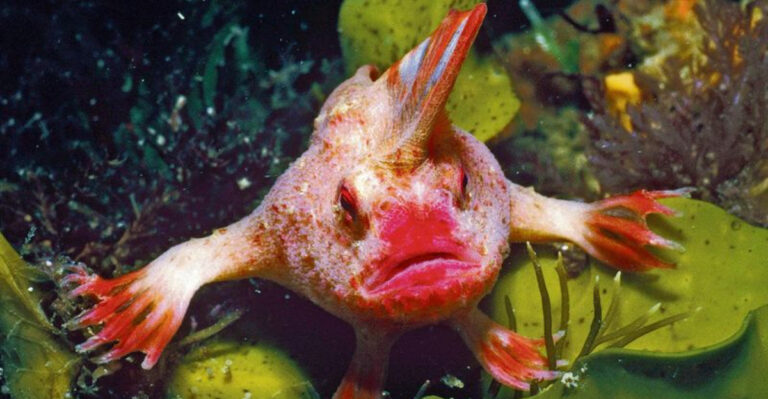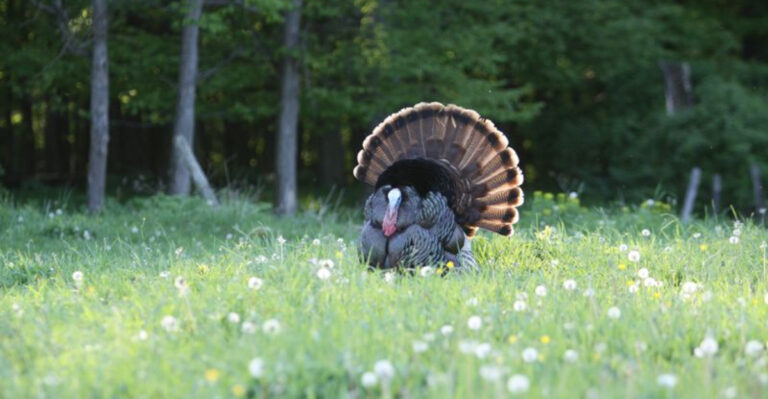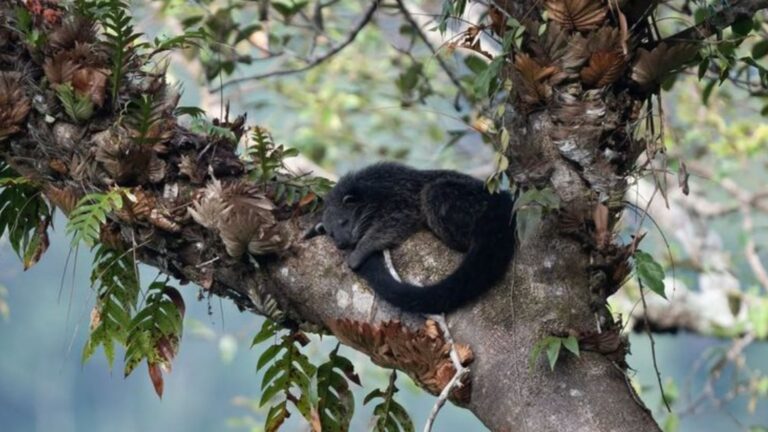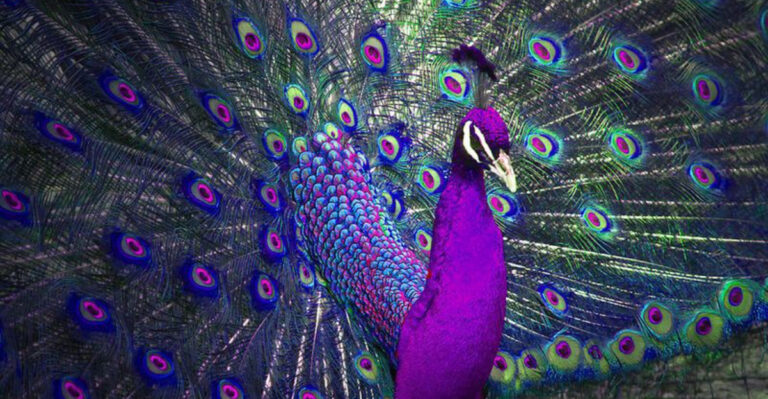10 Extinct Animals People Keep Claiming To See In American Wilderness And What To Do If You Think You’ve Spotted One
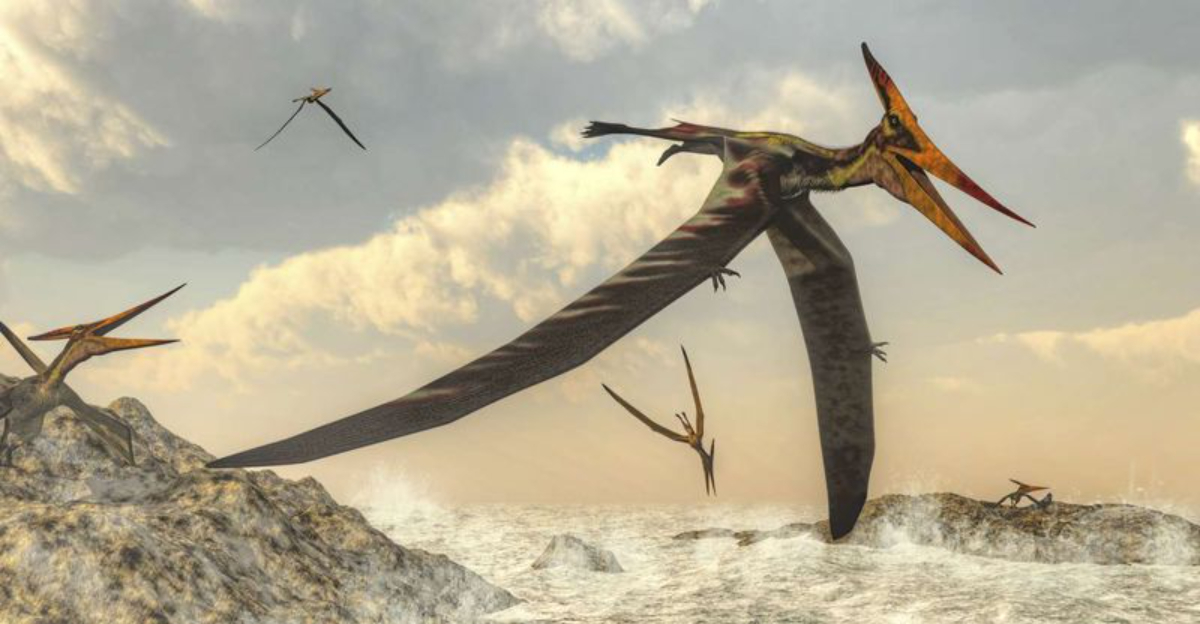
Have you ever wondered if some extinct animals might still be hiding in America’s vast wilderness? Every year, hundreds of people report sightings of animals scientists say disappeared long ago.
These mysterious encounters spark debates between skeptics and believers. Whether you’re a curious nature lover or an amateur cryptozoologist, this guide explores the most commonly reported extinct creatures and what you should do if you think you’ve spotted one.
1. Woolly Mammoths Roaming Alaska
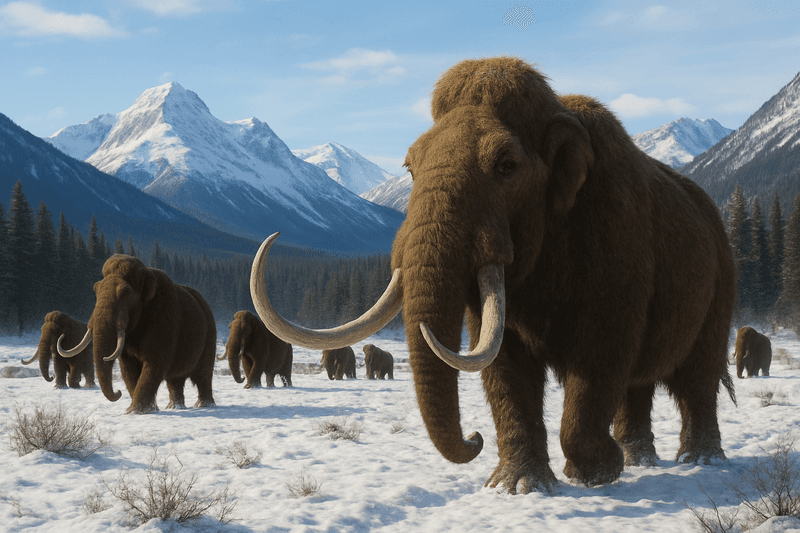
Massive shaggy elephants with curved tusks, woolly mammoths supposedly died out about 10,000 years ago. Yet reports from remote Alaskan wilderness areas describe elephant-like creatures with thick fur trudging through snowy landscapes.
Native Alaskan tribes have passed down stories of giant elephants for generations, with some claiming these beasts still inhabit the most isolated regions. Modern sightings often come from bush pilots flying over uninhabited tundra or from hunters exploring areas rarely visited by humans.
Could small populations have survived in isolated pockets? Most scientists say no, but believers point to the vastness of Alaska’s wilderness and how little of it has been thoroughly explored by researchers.
2. Saber-Toothed Cats Lurking In Mountain Shadows
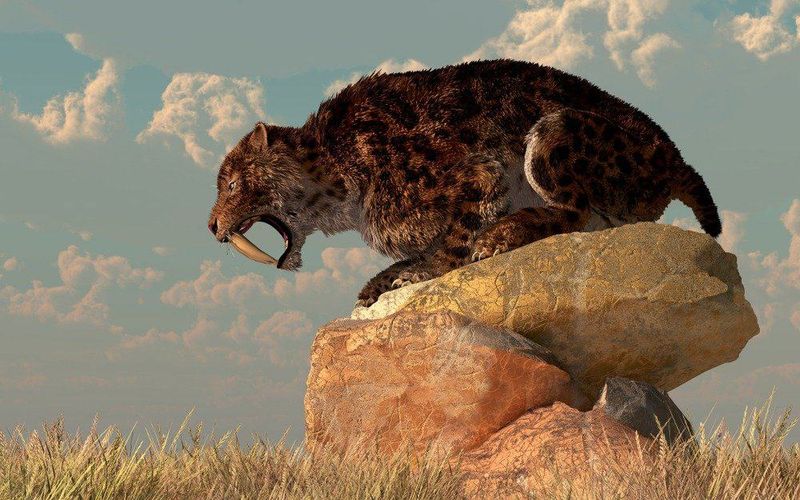
Famous for their impressive 7-inch canine teeth, saber-toothed cats vanished around 10,000 years ago. Hikers and campers in the Rocky Mountains occasionally report large, tawny cat-like predators with unusually long teeth.
Rangers dismiss these accounts as misidentified mountain lions, but witnesses insist what they saw was much larger and had distinctive teeth visible even at a distance. The cats are typically described as stealthy and quick to disappear into dense forest or rocky terrain.
Sightings cluster around remote wilderness areas with abundant caves and minimal human presence – exactly the kind of habitat where a small, isolated population might have escaped detection.
3. Giant Ground Sloths Spotted In Southwestern Deserts
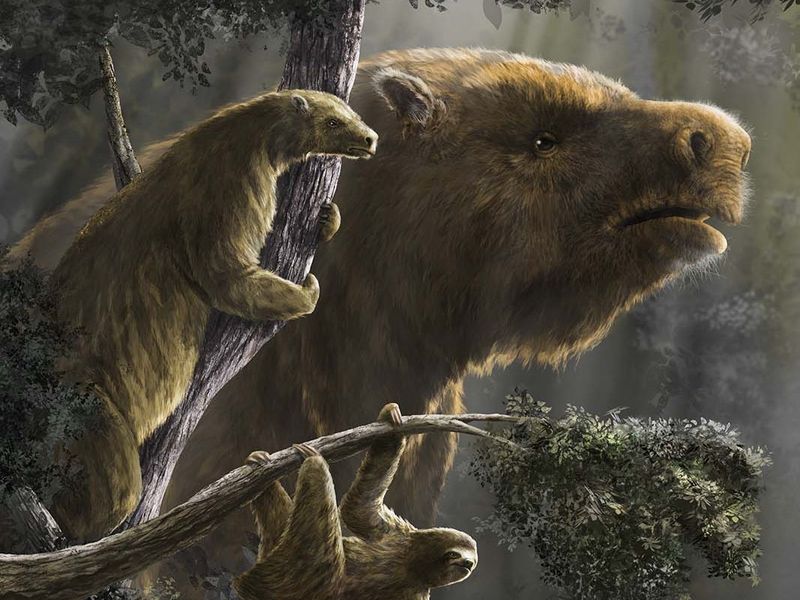
Standing up to 20 feet tall on their hind legs, giant ground sloths were impressive plant-eaters that disappeared about 11,000 years ago. Strange reports from the American Southwest describe massive, slow-moving creatures with shaggy fur and long claws foraging among desert vegetation at dusk.
Ranchers and travelers through remote parts of Arizona and New Mexico have described encounters with animals matching no known living species. The creatures reportedly move with an awkward gait but can travel surprisingly quickly when startled.
Many scientists suggest these sightings are actually bears standing on hind legs or simply tall tales. The harsh desert environment seems unlikely to support such large animals without detection.
4. Short-Faced Bears Terrifying Campers In The Northwest
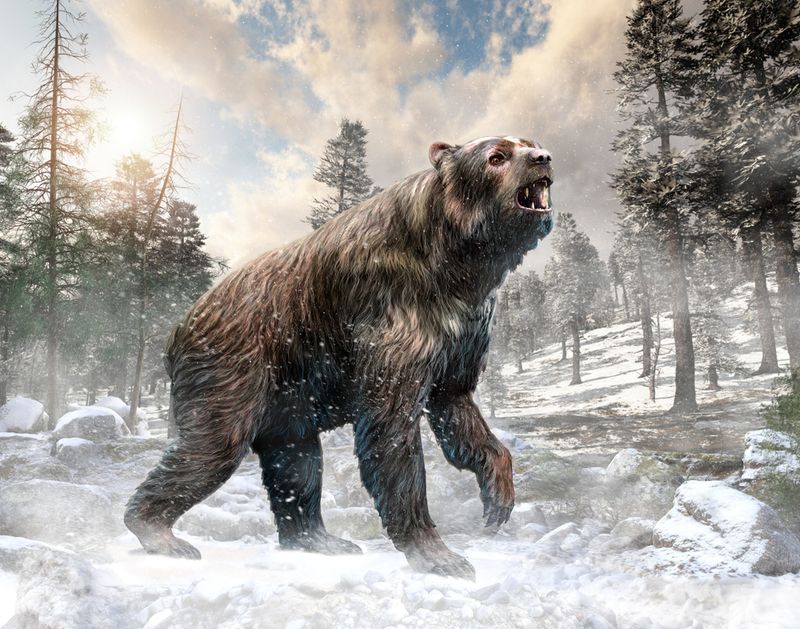
North America’s prehistoric short-faced bear stood 12 feet tall and could outrun a horse. Several times larger than today’s grizzlies, these mega-predators supposedly went extinct 11,000 years ago.
Campers and hunters in the Pacific Northwest occasionally report encounters with bears of impossible size – much larger than any known grizzly or black bear. These giants reportedly stand taller, move faster, and have distinctly different facial structures than modern bears.
Wildlife officials attribute these sightings to exaggerated stories or misidentified large grizzlies. However, the vast wilderness of the Northwest contains many areas rarely visited by humans where a small population might remain undetected.
5. Terror Birds Stalking Southern Swamps
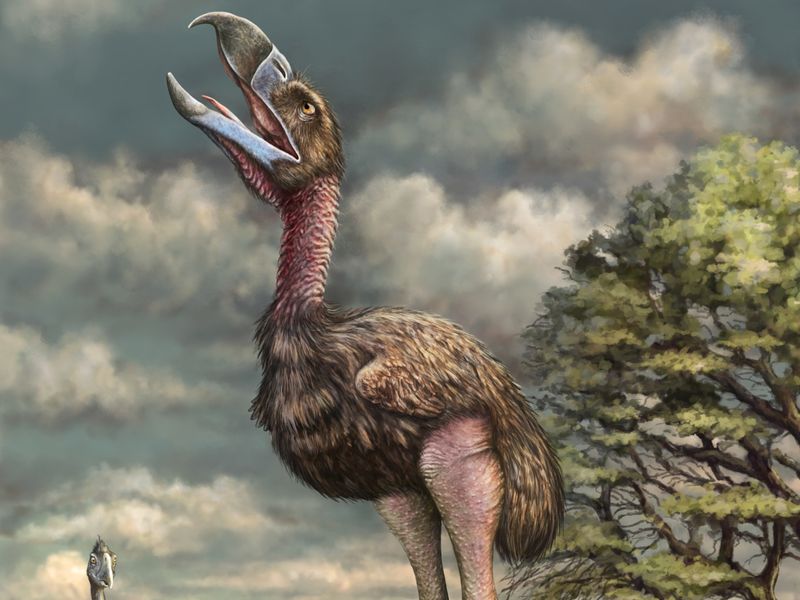
Imagine a bird taller than a human with a head the size of a horse’s and a hooked beak designed for tearing flesh. Terror birds were prehistoric apex predators that vanished about 2.5 million years ago – or did they?
Fishermen and hunters in southern swamplands occasionally report enormous flightless birds with aggressive behavior unlike any known species. The Florida Everglades and Louisiana bayous generate the most frequent sightings, typically in remote areas difficult to access.
Ornithologists suggest these are misidentified herons, cranes, or escaped exotic birds. The witnesses, however, insist on the creatures’ unusual size, speed, and predatory behavior unlike any modern bird species.
6. American Cheetahs Racing Across Western Plains
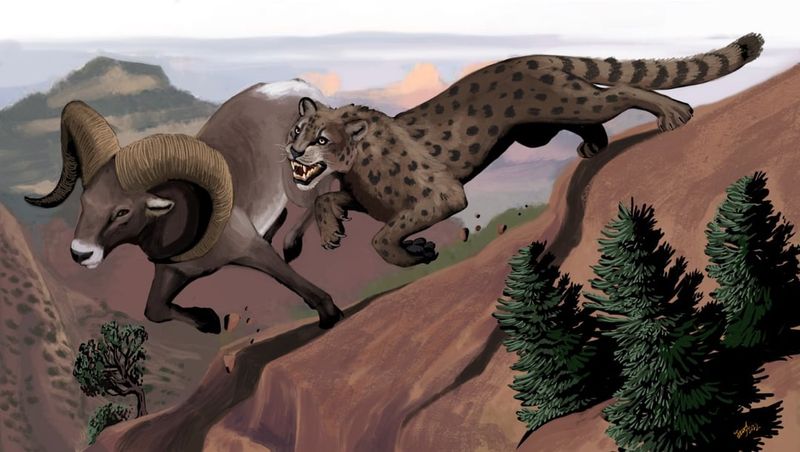
The American cheetah – actually more closely related to pumas than African cheetahs – disappeared around 12,000 years ago. These swift predators, also known as Miracinonyx, once chased down pronghorn antelope across the Great Plains.
Ranchers and drivers on isolated highways report occasional sightings of cat-like animals moving with extraordinary speed across open grasslands. Unlike mountain lions, these cats supposedly run with a distinctive spinal flexing motion similar to modern African cheetahs.
Wildlife biologists attribute these sightings to mountain lions, which can reach impressive speeds in short bursts. Witnesses counter that what they observed moved differently and had distinctive spotted patterns unlike any known North American cat.
7. Dire Wolves Howling In Remote Forests
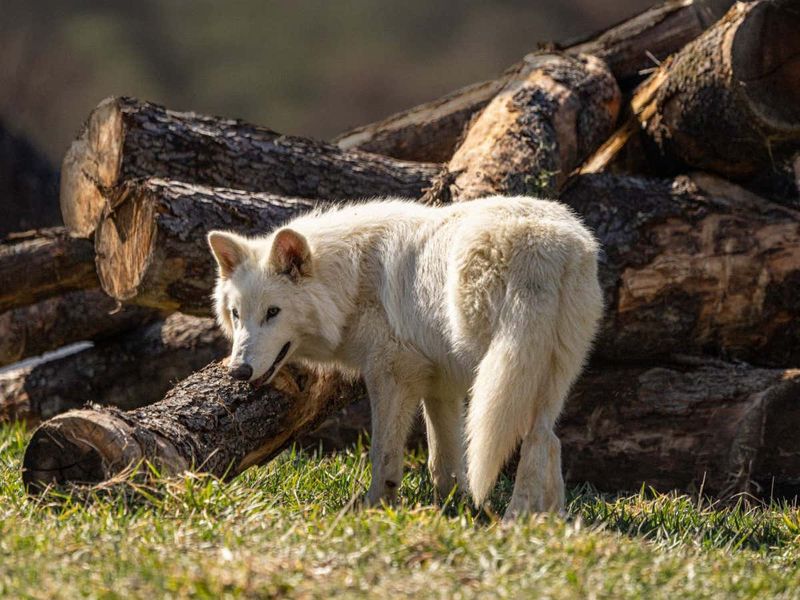
Long before Game of Thrones made them famous, real dire wolves roamed North America until about 9,500 years ago. Larger and more robust than modern wolves, these apex predators disappeared after the last ice age.
Campers and hikers in national forests report encounters with wolf-like animals significantly larger than gray wolves, often with distinctive physical characteristics. These sightings frequently occur in the most remote parts of the northern Rockies and Pacific Northwest.
Wildlife experts typically dismiss these reports as misidentified gray wolves or wolf-dog hybrids. However, the consistent description of animals 30-50% larger than known wolf species keeps the legend alive among wilderness enthusiasts.
8. Pterosaurs Soaring Over Desert Canyons
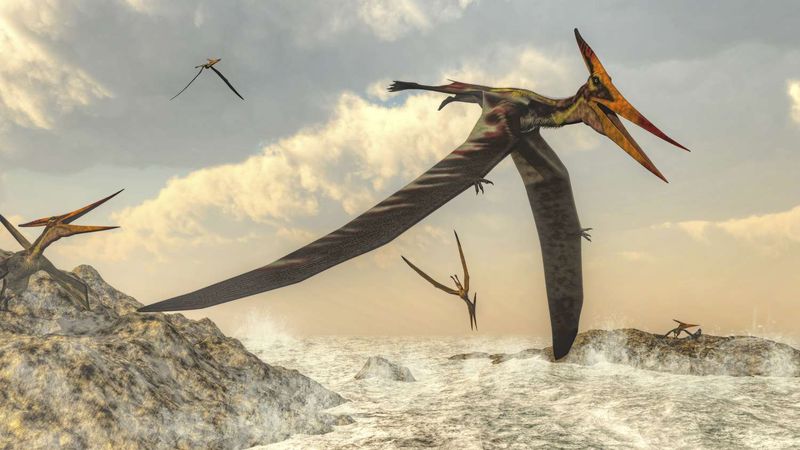
Prehistoric flying reptiles with wingspans up to 40 feet, pterosaurs supposedly died out with the dinosaurs 65 million years ago. Yet reports of enormous bat-like creatures with leathery wings and long crests occasionally emerge from the American Southwest.
Hikers, photographers, and local residents near remote canyons in Texas, New Mexico, and Arizona describe brief sightings of creatures matching no known bird or bat. The witnesses often mention a distinctive head crest and unusual flying pattern unlike modern flying animals.
Biologists suggest these sightings result from misidentified large birds like herons or confusion with aircraft seen at odd angles. The remote, rugged landscape of the region, however, contains many unexplored caves and canyons.
9. Giant Beavers Building In Northern Waterways
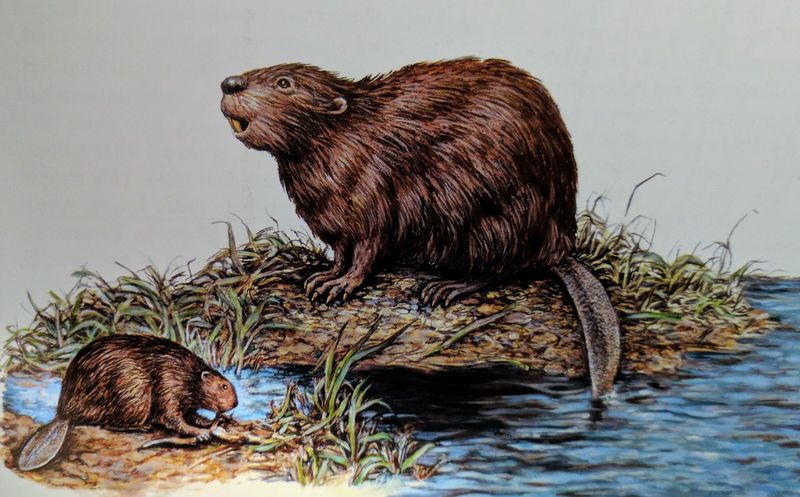
Prehistoric giant beavers grew to the size of black bears, weighing up to 200 pounds. These massive rodents supposedly disappeared about 10,000 years ago, but reports of extraordinarily large beaver-like creatures occasionally surface from remote lakes and rivers.
Fishermen and canoeists in the northern United States and Canada sometimes describe encountering beaver-like animals several times larger than modern beavers. These sightings typically occur in isolated waterways far from populated areas.
Wildlife biologists attribute such reports to misidentified normal beavers seen at deceptive angles or distances. Witnesses, however, insist the animals they observed were dramatically larger than any known beaver species currently recognized by science.
10. Glyptodonts Grazing In Southwestern Badlands
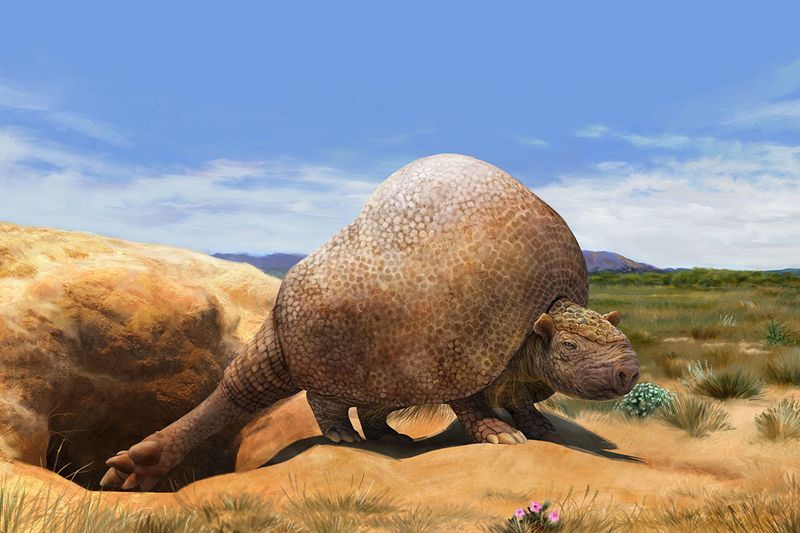
Resembling enormous armadillos the size of small cars, glyptodonts were armored plant-eaters that disappeared around 10,000 years ago. Their massive domed shells made them look like living tanks.
Occasional reports from remote areas of the American Southwest describe large, slow-moving armored creatures unlike any known wildlife. These sightings typically come from isolated regions of Arizona, New Mexico, and Texas badlands where few people venture.
Scientists dismiss these accounts, noting that such large animals couldn’t possibly remain undetected in modern times. Witnesses counter that the creatures are extremely shy, nocturnal, and inhabit only the most inaccessible areas where scientific surveys are rare.
11. Document Everything Carefully
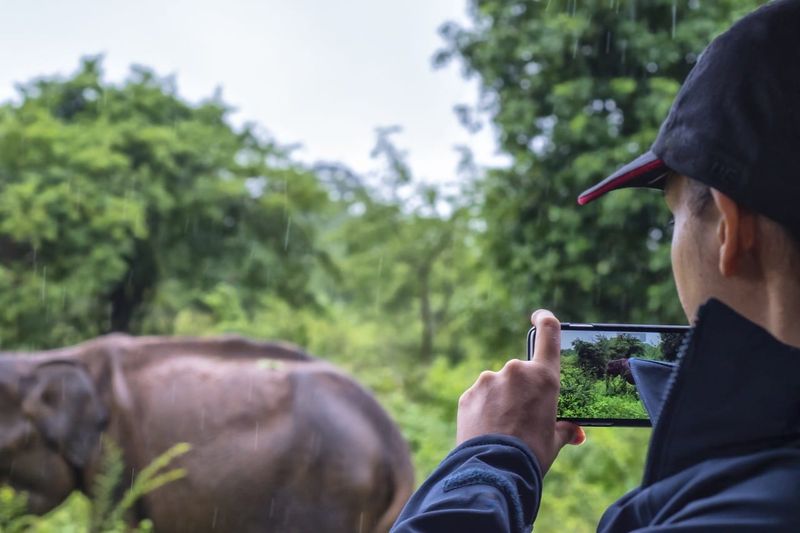
If you believe you’ve spotted an extinct animal, your first priority should be thorough documentation. Take photos or video if possible, even if they’re not perfect – blurry evidence is better than no evidence. Note the exact location using GPS coordinates from your phone.
Record the time, weather conditions, and what the animal was doing. Measure or estimate the creature’s size by comparing it to nearby objects. Look for physical evidence like footprints, fur, feathers, or droppings that could be collected.
Write down every detail while your memory is fresh. Include the animal’s movement patterns, any sounds it made, and distinctive features that made you believe it wasn’t a known species.
12. Contact Local Experts First
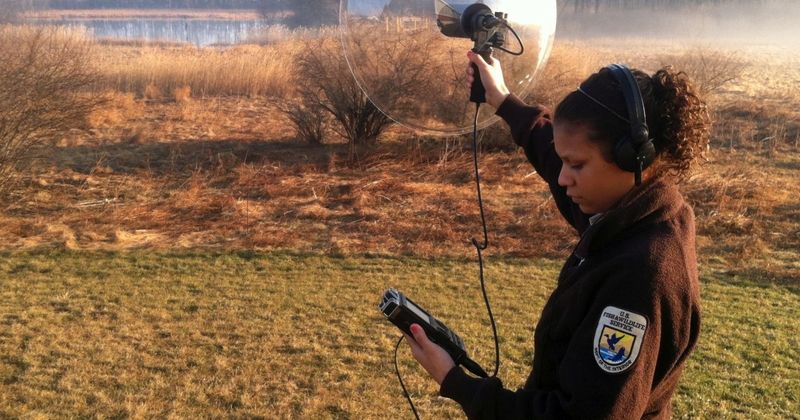
After documenting your sighting, reach out to local wildlife experts before going public. University biology departments, natural history museums, and state wildlife agencies employ specialists who can help identify what you might have seen.
These professionals can often explain unusual animal sightings through known species behaving oddly or appearing different due to disease, unusual coloration, or environmental factors. They may also know of escaped exotic pets or zoo animals in the area.
Approach these conversations with an open mind. If experts dismiss your sighting, ask specific questions about why your observation doesn’t match known animals. The goal isn’t to prove them wrong but to understand what you actually witnessed.
13. Share With Cryptozoology Networks Responsibly
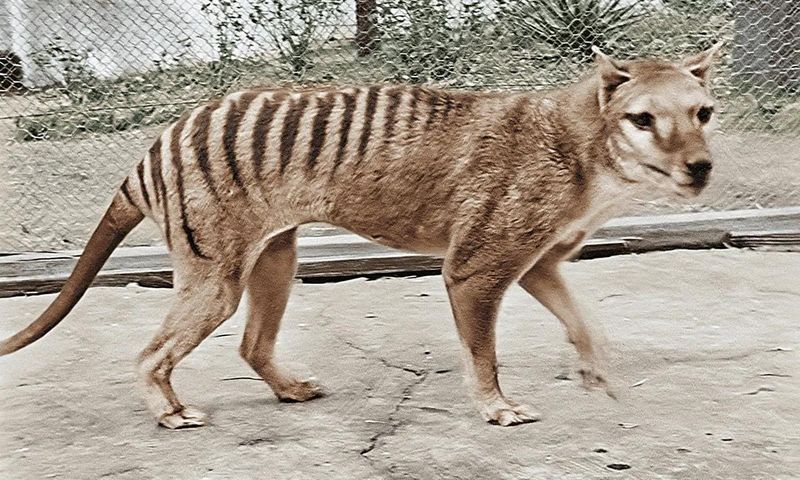
If conventional experts can’t explain your sighting, consider sharing your experience with cryptozoology networks. These groups document and investigate reports of animals not recognized by mainstream science.
Look for organizations with scientific approaches that emphasize evidence over sensationalism. Reputable groups will interview you thoroughly, check for similar sightings in the area, and possibly organize follow-up investigations. They should respect your privacy if requested.
Be cautious about social media. While sharing might connect you with others who’ve had similar experiences, it can also attract ridicule or unwanted attention. Consider the potential impact on your reputation and privacy before posting publicly about extraordinary animal sightings.


